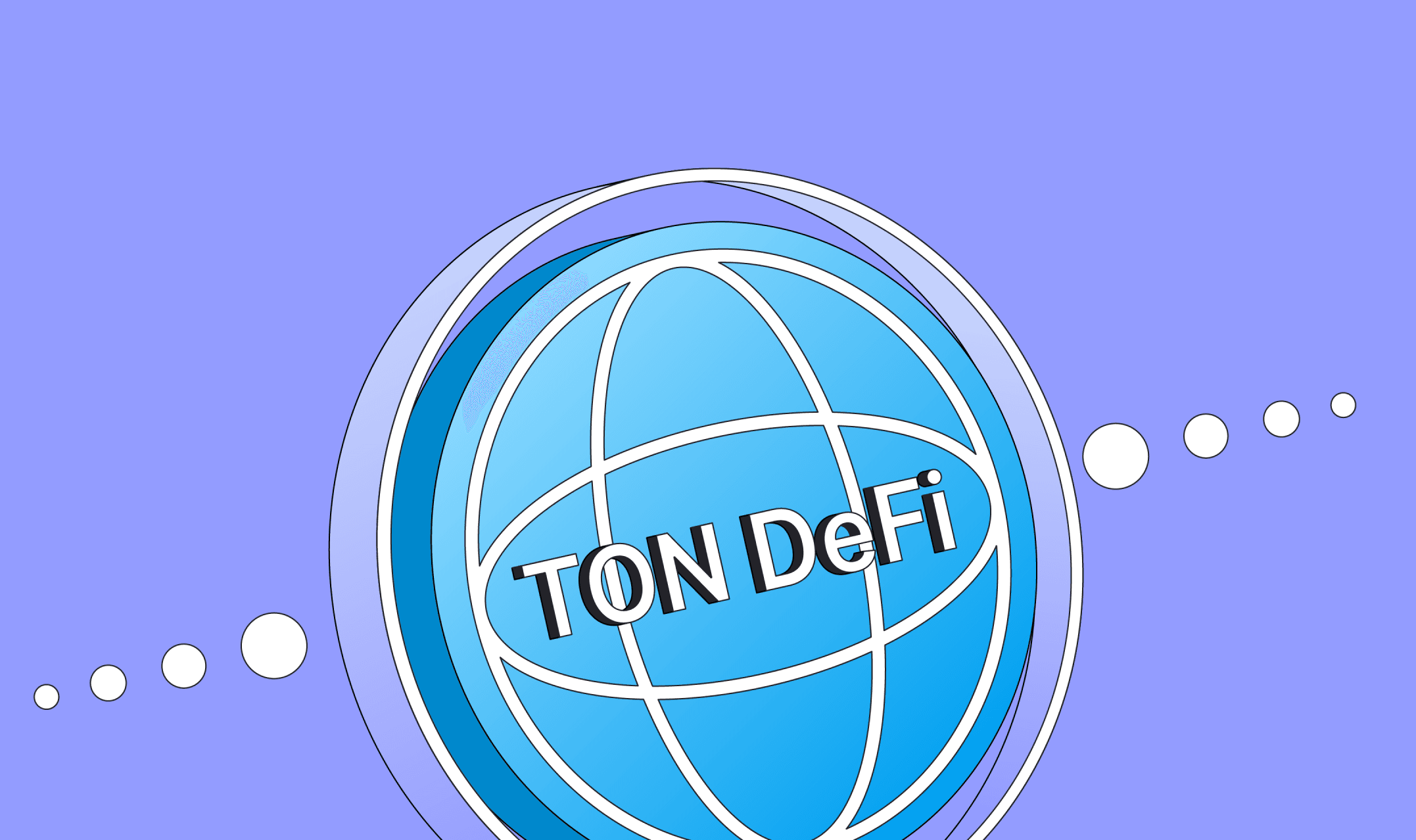
DeFi on a Large Scale
A few years later, in 2018, the ERC-721 standard was launched for NFTs, which serve as proof of ownership for digital assets.
These standards have led to the rise of decentralized finance (DeFi). In the DeFi ecosystem, operations such as trading, buying, and selling digital assets are executed entirely through blockchain-based smart contracts.
Unlike centralized exchanges, where you temporarily relinquish control of your assets to the platform, decentralized exchanges and DeFi services offer protection against potential risks. Centralized platforms can be vulnerable to hacking, system failures, or data center issues, which can result in the loss of your funds. Additionally, exchanges may impose restrictions on your assets without justification.
This has led to a growing trend towards decentralized exchanges (DEXs), liquidity pools, and other DeFi solutions that offer resilience against these vulnerabilities.
Scalable DeFi Solutions
One of TON’s primary objectives is to facilitate widespread adoption of decentralized technology.
Interest in blockchain and cryptocurrency continues to grow, but these technologies are still utilized by only a small fraction of the global population.
To achieve mass adoption and support billions of users and transactions, we have developed an innovative approach to token and DeFi design.
In contrast to other blockchains, where a token is typically represented by a single smart contract, TON employs a more scalable model.
For instance, the USDT token on Ethereum manages the balances of 4 million users within a single smart contract. Similarly, the Ethereum network’s Bored Ape NFT collection, consisting of 10,000 items, is housed in a single contract.
This approach is commonly used across various blockchain projects to maintain compatibility with Ethereum. However, as the user base grows, this single-contract model becomes a bottleneck, potentially leading to system failures under heavy loads.
TON’s architecture avoids these limitations by decentralizing the management of tokens and NFTs. Each NFT in a collection is assigned its own smart contract, and individual token balances are managed through separate user wallets.
This design enables direct interaction between smart contracts, distributing the load across the network and ensuring balanced performance even as the number of users and transactions scales.
TON also incorporates an infinite sharding mechanism, which splits the network into subchains to handle increased demand efficiently. This flatter load distribution enhances the effectiveness of the sharding process.
Minting an NFT on TON is approximately 500 times cheaper than on Ethereum. Despite fluctuations in the value of Toncoin, network fees remain stable.
Thanks to its distributed architecture, TON maintains high transaction speeds even as the volume of transactions increases dramatically.
Innovation and Advancement
TON has introduced novel concepts that were not present in earlier blockchain technologies.
In the past three months, we have been diligently searching for effective methods to implement scalable DeFi solutions within the TON ecosystem.
Initially, we faced challenges in adapting tokens and DeFi to The Open Network due to the need to rethink approaches for new distributed, asynchronous paradigms.
However, we eventually succeeded. We are now excited to unveil established standards and practical examples of smart contract implementations for Fungible, Semi-Fungible, and Non-Fungible Tokens, as well as contracts for marketplaces and ICOs.
These resources are available for creating DeFi services capable of handling a vast user base. New methods bring new opportunities, and we have already begun exploring them.
We believe that distributed, asynchronous DeFi on TON represents a significant step toward widespread adoption of decentralized technologies.